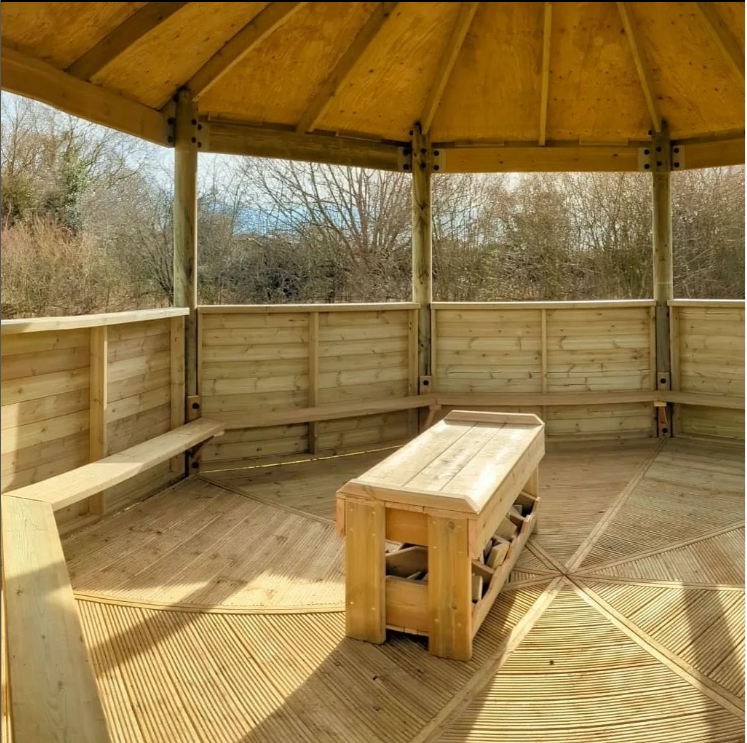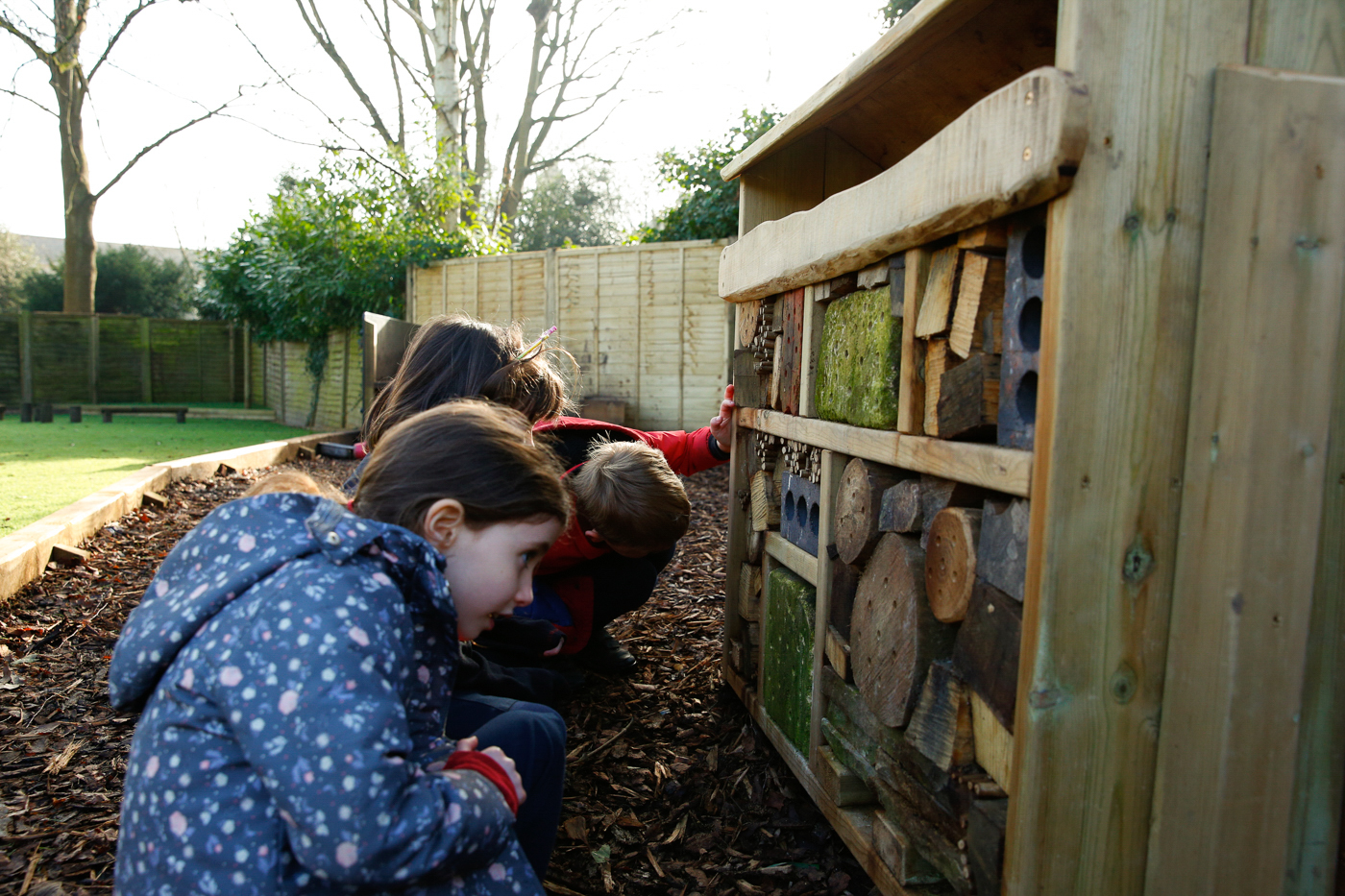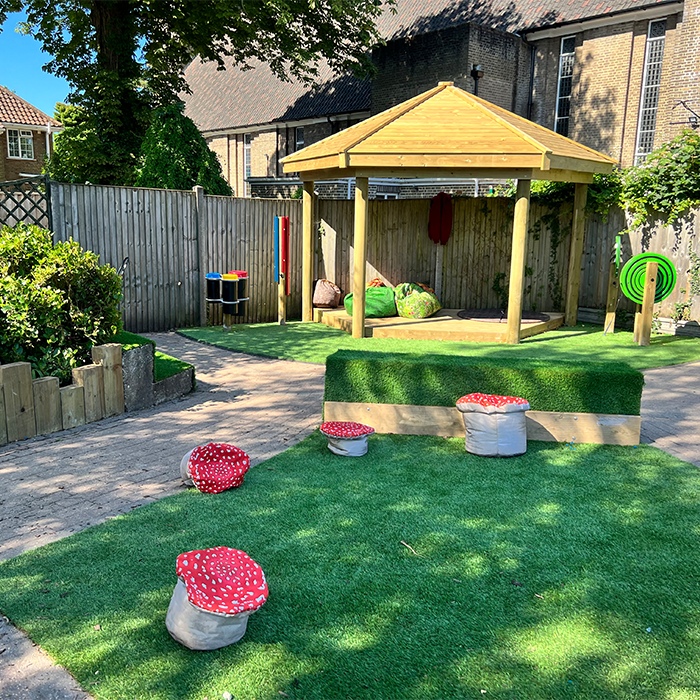Wet plays can be a teacher’s nightmare. Not only does it often mean less prep time for the next lesson, but pupils won’t have time to let off steam and energy, making for a more distracted school day.
Of course, there’s always the option of putting a movie on inside or letting the children entertain themselves with chats and paper activities. However, if you’re looking for some different rainy-day activities which let your class get a few wiggles out, read on.
Easy Games to play in the rain
In some circumstances, it’s best to get the children outside for a quick run around in their waterproofs, even if it’s drizzling.
Read our blog on the benefits of all-weather outdoor play
At these times, you won’t want to send them out with too much playground equipment such as skipping ropes which will only get soggy. Games which involve a lot of waiting out in the open (or sitting or kneeling on the floor) also aren’t a good option as this gives children the chance to get cold or muddy.
See below for some options for zippy, high-energy games which will get heart’s racing before it’s time to head back indoors.
1. Sharks
Choose a long, rectangular area with two ends you can mark out as “safe”. All of the children should gather in one of these except the “shark”, who stands in the open area between the two.
When the shark is ready, they call out “fishes swim”. At this point, all the children must run from their safe area to the one on the other end of the space without being tagged by the shark.
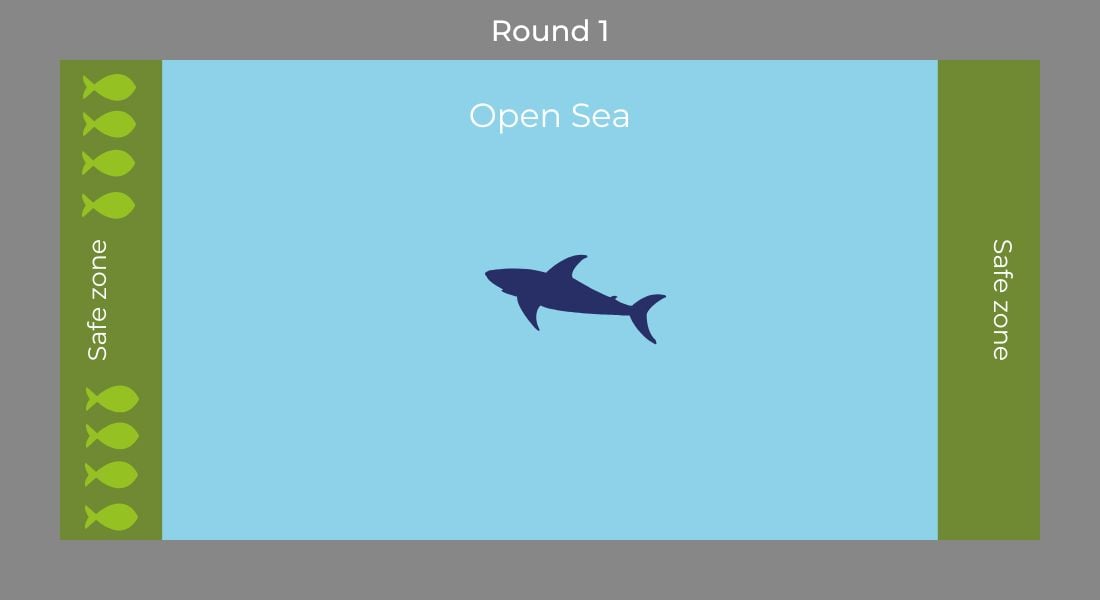
Anyone who is tagged by the shark becomes seaweed the next time the fishes swim in the other direction. If someone playing seaweed manages to catch a fish, they become a crab next time. If a crab catches someone, they become another shark the next round.
Sharks - Can run anywhere in the “open sea” area to tag the fish
Seaweed- Can’t move from the spot they were captured in but can tag people by stretching out their arms
Crabs - Can move side to side to chase fish but not backwards and forwards.
.jpg?width=1100&height=600&name=Safe%20zone%20(1).jpg)
The “open sea” area becomes more crowded with dangers each round, making it more and more difficult for the fish. The last fish standing is the winner!
2. Capture the treasure
Capture the flag on a smaller scale for primary schools. A large rectangular area is split into two areas for two teams, each area should also have a “back line” behind which treasure and prisoners can be kept. (If it’s raining, it’s good idea to put the prisoners somewhere sheltered if possible).
The treasure can be anything weather-proof - cones, building blocks, tennis rackets, but it’s nice to wrap them in foil or something else shiny for that extra touch. Each team should start off with 5 pieces of treasure behind their back line.
.jpg?width=1100&height=600&name=Safe%20zone%20(2).jpg)
Players can’t be tagged on their own team’s side of the pitch, but they can anywhere on their opponent’s.
If they are tagged, they are taken to the back line and become a prisoner. If they make it to the other team’s back line, they can choose to either bring back a team mate from the prison, or a piece of treasure. They should raise their hand on the way back from a successful raid to show they are safe from being tagged.
.jpg?width=1100&height=600&name=Safe%20zone%20(3).jpg)
Set a timer for however long you’d like to be outside and tell the children that the team with the most pieces of treasure at the end will be the winner. But - if a team ever has one or less of their players free from the other team’s prison, they lose automatically.
3. Port Starboard
This classic game relies somewhat on your class's listening skills, but it’s great for getting large numbers of children all involved and active at the same time. It’s a simple responding to instructions game, based around a ship.
In some versions, those who are last to follow a direction or make a mistake are out. However, if you prefer to keep everyone moving, you can simply name the most accurate children as winners at the end. The simplest directions should be interpreted as follows
Port - Run to the left side of the area
Starboard - Run to the right side of the area
Bow - Run to the top of the area
Stern - Run to the bottom of the area
As children get used to the game, you can add in some extra instructions.
Captain’s coming - Stand up straight and salute
Climb the rigging - Mime climbing a ladder
Scrub the decks - Mime scrubbing the floor
Lifeboats - Get into groups of 3
Seagull Attack - Wave hands in the air
SHARK - Get off the ground
4. Zombie Tag
Tag’s always great for a quick and easy run around game. There are hundreds of variations, but this is a good one for keeping the whole class moving.
The game starts like traditional tag with one person named “it” and the others trying to escape from being tagged by them. However, when they successfully tag someone, they don’t stop being “it,” they just additionally infect the captured pupil with zombie-ism. This means they can help tag the other children, but they can only walk, not run (zombie noises and shuffling are highly recommended).
If you’re playing outdoor games in wet weather, you need to make sure you have access to an all-weather surface which won’t become dangerously slippery. Take a look at our surfacing options for playgrounds including play grass, wet pour, and bonded rubber mulch.
Games for sheltered outside areas
If your school has an outside classroom, canopy, or other sheltered playground areas, why not use it on rainy days to help children get fresh air without getting wet. The following fun games for kids are ones which might be too active for your classroom, but can played in relatively small spaces.
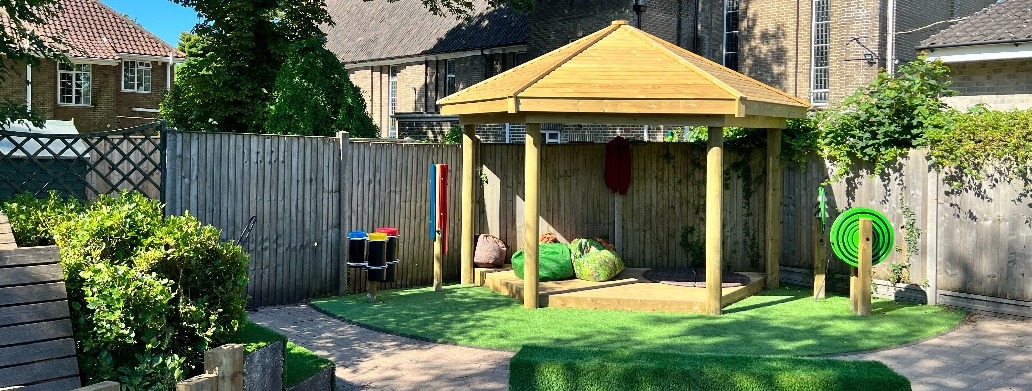
1. Catch or Headbutt
This game does what it says on the tin, so might be best for key stage two or above. Children stand in a circle around one adult, or a child trusted to lead the game. The leader throws a ball at each child in the circle in turn.
As they throw each time, they call out either “catch” or headbutt.” If that child carries out the instruction successfully, they stay in and throw the ball back to the leader. If they do the wrong thing or fail to touch the ball with their hands or head, they sit down and are out.
The leader keeps going around the circle until there’s only one child left standing.
2. Duck Duck goose
It seems like everyone knows Duck Duck Goose, but in case you need a reminder:
All children but one sit in a circle. The remaining child walks around the outside of the circle patting each person on the head, naming them a “duck.” At some point, instead of saying “duck,” they call a child a “goose” and begin running around the circle.
The “goose” must jump up and chase them, trying to tag the person who tapped them before they can steal their place in the circle. If they succeed, they sit back down and the game repeats. If the original tapper manages to steal the goose’s place in the circle, the goose becomes the new tapper.
3. Locomotion
Children start standing in a large circle, with one chosen person in the middle. They will choose a way to travel around the inside of the circle.
Depending on the age of the child and what you’re studying in class, you could limit them to moving in the style of different animals, machines, sports, or characters, or embrace the free for all. After they’ve demonstrated the movement, the child in the middle begins pointing at different children they pass. Those children must step into the circle and follow them, copying their movement as closely as they can.
When they choose, the original child in the middle shouts “All change!” Then, all the children who are now in the middle should race back to their places in the circle as quickly as possible. The last one back starts a new movement.
4. Tangle
In this game, all children crowd into the middle and hold left hands with a randomly chosen person. Then they do the same with their right. The result: a big tangle of arms.
The pupils then try to untangle themselves without anyone letting go. You could do this with a nominated leader or two directing everyone, or let them come up with a strategy as a group.
Games for a wet play in the classroom
These rainy-day games for school children are suggested with classroom or other more crowded, indoor spaces in mind.
If you know bad weather is coming, you could also invest in some board games or card games, or ask the children to bring these in from home. There are also other indoor activities for kids which can be a hit during a wet play, such as setting challenges to create things out of a single sheet of paper, indoor scavenger hunts, or following along with dance videos on the screen.
However, most of these indoor games require minimal materials or forethought and can involve large groups all playing together.
1. Down in the Jungle
This song game requires all the children playing to sit cross-legged in a circle, with their knees touching the person next to them on either side. They should all place their left hand palm up on their left knee. Then, their right hand palm up on top of their neighbour’s hand on their right side.
In this position, practise passing a clap around the room, bringing right hands over to clap the neighbour’s hand on their left knee. Once the group are used to this, introduce doing it to the beat of the following song:
“Down in the jungle where nobody goes
There’s a great big gorilla, picking his nose
He picks it and he flicks it to see where it goes
Who’s gonna get that
Who’s gonna get that
Who’s gonna get that
Slimy snot!”
Whoever’s clapping when it gets to the “slimy snot” part should try to clap their neighbour’s hand, while their neighbour tries to whisk it away before it can be clapped. Whoever doesn’t succeed is out and goes to sit in the middle of the circle. (Once several children are out, they can start their own inner circle playing the game at the same time).
2. Two truths and a lie
Ask all the children to write down two true facts and one lie about their lives. This can cover anything from favourites, to pets and family, to past experiences.
You can either play this where everyone pairs up and tries to guess which is their partner’s lie, or ask children to come up to the front one at a time and ask the class to vote on which is the lie.
3. Balloon tennis
For this fun indoor version of the sport, equip all children with a makeshift tennis racket made of a paper plate (or ask them to design their own as a starter activity). Children should stay in their seats but work as a group or class to bat a balloon into different locations which are out of everyone’s reach.
You could draw targets on the board or stick them up around the classroom. You could also split the class in half and challenge them to get the balloon into the other team’s area when a timer goes off.
4. Categories
This gap filler’s been used for people stuck inside in bad weather for generations.
Split the class into small groups, write a few categories on the board (start with just a few simple ones like animals, girls names, or green things).
Then give them a letter of the alphabet and a time limit to write down the most obscure examples of each category which starts with the letter. (For example, for f, they could have a ferret, Fiona, and ferns).
When the time’s up, each team gets 1 point for each correct answer, and 3 points for an answer no one else in the room had. As they practise, you can add more categories, shorten the time, or even stop giving any points at all for answers another team had.
Originally published Feb 16, 2023 4:25:26 PM , updated January 30, 2024



